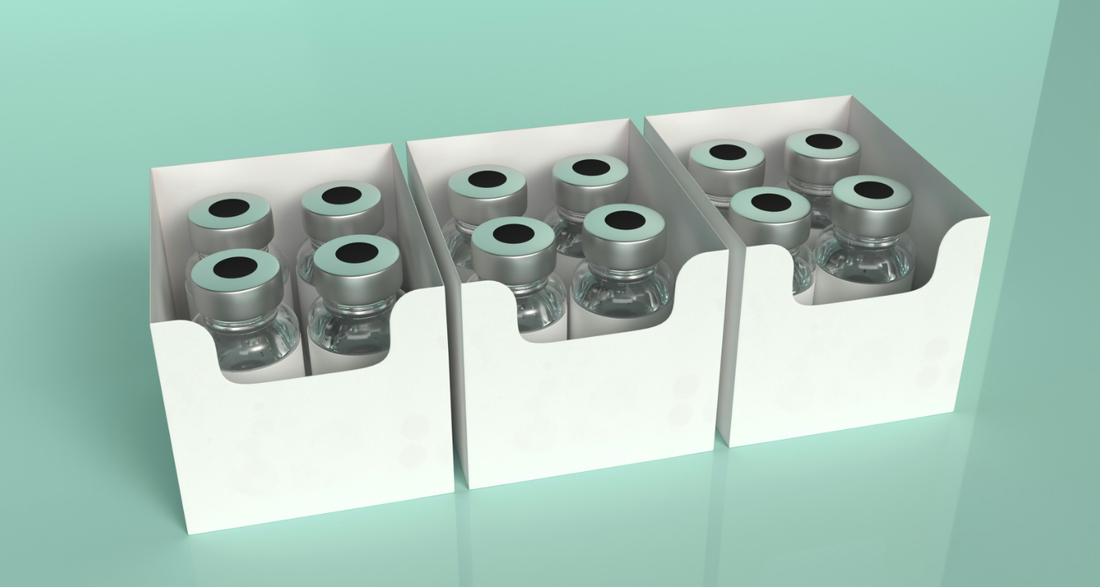In peptide therapeutics, ipamorelin vs tesamorelin have garnered significant attention for their growth hormone-releasing capabilities. Despite their shared goal of elevating growth hormone (GH) levels, their mechanisms of action, therapeutic applications, and research findings reveal distinct differences. This comparative analysis aims to elucidate each peptide's unique attributes and potential clinical implications, providing a clearer understanding of their roles in medical research and treatment.
Mechanisms of Action: A Fundamental Distinction
The primary difference between ipamorelin and tesamorelin lies in their mechanisms of action and receptor specificity. Ipamorelin functions as a selective agonist of the ghrelin receptor, mimicking the action of the ghrelin hormone to stimulate GH release. Its specificity for the ghrelin receptor means it does not significantly influence the secretion of other hormones, making it an ideal candidate for studies focused on isolated GH effects.
Conversely, tesamorelin is a synthetic analog of growth hormone-releasing hormone (GHRH), targeting GHRH receptors on the pituitary gland. This interaction promotes a natural, pulsatile release of GH, closely mimicking the body's physiological GH secretion patterns. Tesamorelin's action through the GHRH receptor pathway offers a broader systemic approach to GH stimulation than ipamorelin's targeted receptor specificity.
Therapeutic Applications: Targeted Benefits
The differences in mechanisms of action between ipamorelin vs tesamorelin extend to their therapeutic applications. Tesamorelin has been extensively studied and approved for the treatment of HIV-associated lipodystrophy, particularly for its ability to reduce visceral fat. This specific approval highlights tesamorelin's effectiveness in addressing abnormal fat accumulation and distribution conditions.
With its selective ghrelin receptor agonism, Ipamorelin has shown promise in enhancing bone density and muscle mass, areas of significant interest for conditions such as osteoporosis and muscle-wasting diseases. Its specificity and minimal impact on other hormone levels make ipamorelin a potential therapeutic agent for targeted GH therapy, with fewer systemic effects compared to broader GH stimulators.
Research Findings: Efficacy and Potential
Research into tesamorelin has demonstrated its efficacy in reducing adiposity and improving lipid profiles, suggesting potential applications beyond HIV-associated lipodystrophy, including obesity and metabolic syndrome management. Studies have also explored tesamorelin's impact on cognitive function, offering insights into GH's role in brain health.
While more focused on its growth hormone-releasing effects, Ipamorelin's research has indicated potential benefits in postoperative recovery and as a therapeutic option for enhancing bone health and muscle mass. Its role in improving recovery times and reducing the risk of postoperative complications presents a valuable area for further investigation.
Comparative Analysis: Clinical Implications
The distinct mechanisms of action and therapeutic applications of ipamorelin and tesamorelin suggest complementary rather than competing roles in clinical practice. Tesamorelin's efficacy in fat reduction and potential metabolic benefits make it a valuable tool for managing specific conditions associated with GH deficiency and abnormal fat distribution. Ipamorelin's targeted GH release and minimal hormonal side effects offer a nuanced approach to conditions requiring GH therapy, with an emphasis on bone and muscle health.
Ipamorelin vs Tesamorelin
The comparative analysis of ipamorelin vs tesamorelin reveals two peptides with unique mechanisms of action, therapeutic potentials, and research trajectories. Understanding these differences is crucial for leveraging their benefits in clinical settings, tailoring treatments to patient needs, and guiding future research directions. As our knowledge of these peptides expands, so too will their applications in improving health outcomes for individuals with GH-related conditions.


